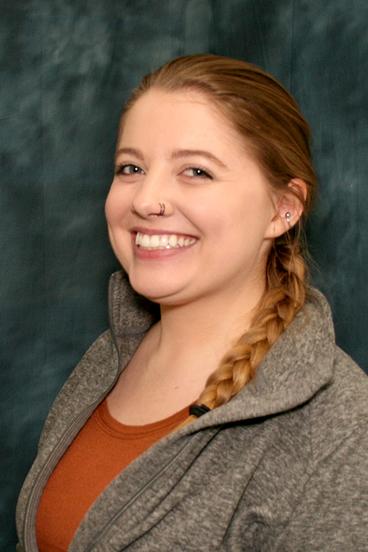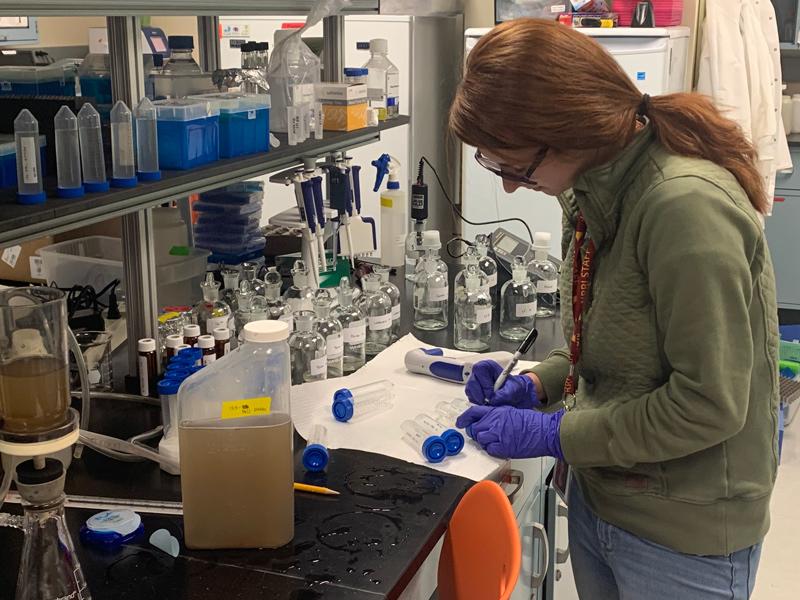
Program Overview
From local governments and large companies to independently owned businesses and homeowners, stormwater is a water management challenge for both the private and the public sector. To address these challenges, NRRI researchers are developing systems-driven solutions and implementation practices for holistic watershed management. All scales of study are employed - from trialing novel sorbent materials and designer soil mixes in the lab to monitoring biochar applications in large-scale retention ponds, and studying the sources of bacterial impairments across a watershed. No area of a watershed is left unstudied - from employing remote sensing technologies in surveying valuable headwater reaches and water storage areas to installing patented technologies in removing contaminants from end-of-pipe discharges.
By applying a systems-approach to understanding and problem-solving, our research team is able to advance integrative stormwater solutions and opportunities for watershed management across Minnesota communities.
Program Goals
Through coordination with agency and government staff, researchers, industries and decision-makers, we use a systems approach to develop stormwater science, technology and remediation solutions for holistic watershed and resource management.
Program Impact
The field of stormwater science encompasses many specialties, and NRRI’s depth and diversity of expertise and experience brings the following aspects to stormwater science, technology, remediation and management:
- A systems approach framework focused on landscape-scale studies, with analysis and application from watersheds to site-specific scales.
- A full suite of capabilities, including materials science and development, application technologies and techniques, long-term monitoring, and natural resources sciences.
- A well-seeded connection for outreach and extension on stormwater solutions and management strategies, allowing for relevant and timely information sharing with stakeholders.
- A northeast Minnesota location, near Lake Superior and the St. Louis River and Estuary, with direct ties to small urban communities, less-impaired ecosystems and high-value resource areas.
Expertise and Certifications
- State-certified water quality parameter and chemistry analysis: Central analytical laboratory
- State-certified coliform bacteria and E. coli analysis
- Quantitative and non-target analysis of trace organic contaminants
- Microbial source tracking analysis
- Watershed modeling
Project Video
Current Research Projects
Current Research Projects
-
Environmental impacts of conventional and alternative road deicing chemicals, with funding from MnDOT and the Legislative-Citizens Commission on Minnesota Resources (LCCMR).
-
Prevalence of chloride contamination in Duluth streams, with funding from MN DNR-Minnesota’s Lake Superior Coastal program.
-
Determination of fecal contamination in Lake Superior tributaries, Lake County Soil Water Conservation District
-
Biofiltration for industrial stormwater, funded by MnDRIVE.
-
Re-use of regional waste in sustainably designed soils for stormwater treatment, with funding from MnDOT.
-
Application of Minnesota-Produced Biochar in Biologs Treating Urban Runoff, funded by a MnDRIVE seed grant.
-
Field evaluation of stormwater best management practices to characterize the comprehensive contaminant removal performance of biochar-augmented filter media, with funding from the Minnesota Stormwater Research Council.
-
Demonstration of a mobile stormwater lab, funded by Minnesota’s Lake Superior Coastal Program.
-
Industry collaboration to develop a variety of peat-based filtering technologies for stormwater from parking lots, industry discharge and road ways.
Program Assets
Program Assets
- A systems approach framework focused on landscape-scale studies, with analysis and application from watersheds to site-specific scales.
- A full suite of capabilities, including materials science and development, application technologies and techniques, long-term monitoring, and natural resources sciences.
- State of the art analytical capabilities for analysis of trace organic contaminants, including:
- Legacy polyhalogenated organic contaminants and pesticides
- Perfluoroalkyl substances (PFAS)
- Algal toxins produced during harmful algal blooms (HABs)
- Nontarget analysis for identification of unknown contaminants
- Mobile treatment systems to be adapted in different locations and different chemical types and levels
- A well-seeded connection for outreach and extension on stormwater solutions and management strategies, allowing for relevant and timely information sharing with stakeholders.
- A northeast Minnesota location, near Lake Superior and the St. Louis River and Estuary, with direct ties to small urban communities, less-impaired ecosystems and high-value resource areas.
Staff
Related News
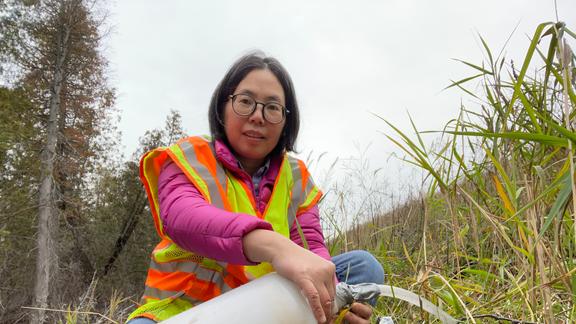
NRRI research shows that local waste materials can effectively keep pollutants from water sources.

NRRI Researcher 3: Environmental Chemistry
Job Opening: 346384
Supervisor: Bridget Ulrich
Open until filled

Developing new technologies to clean up polluted water keeps environmental engineer busy

NRRI is developing protocols to understand the effectiveness of peatland restoration efforts, while testing and refining monitoring methods that can be applied to other sites.

Sulfate in Minnesota water bodies is a statewide problem. NRRI researchers are developing three different solutions for a variety of applications.
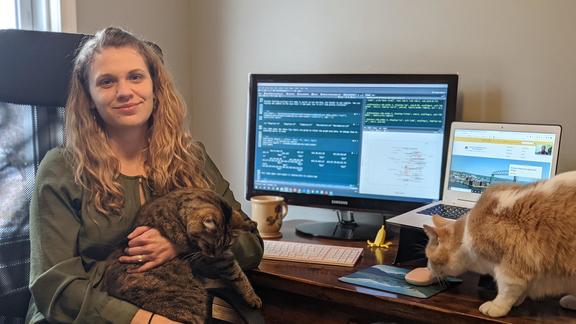
Master's candidate Adelle Keppers goes to the source to help remove pollutant from sewer waste water.

Scientist enjoys unraveling the complexities of sulfate challenges
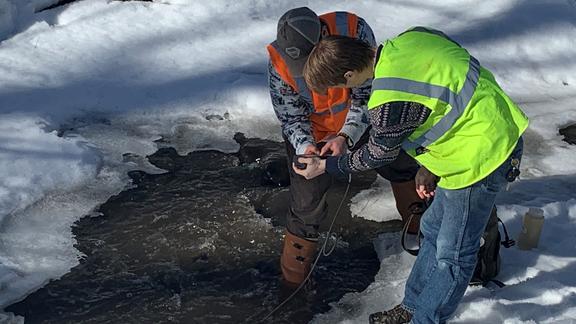
Is it possible to keep winter roads safe for drivers while reducing road salt use? NRRI researchers are testing alternatives.
Media Coverage
- – Northland researchers look to biochar as possible climate solution – Duluth News Tribune
- – Beyond Scrubbing: Reducing Sulfate Stress from Wastewater at Minnesota Power’s Last Coal-burning Power Plant – MnDRIVE Environment






